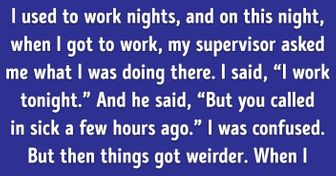I Canceled Thanksgiving After My MIL Tried to Enforce Her Infamous “Family Code of Conduct”

It’s been decades since the last manned moon landing, Apollo seventeen, which happened in December nineteen seventy-two. Isn’t it time we thought about going back to our dusty satellite... and maybe even staying there?
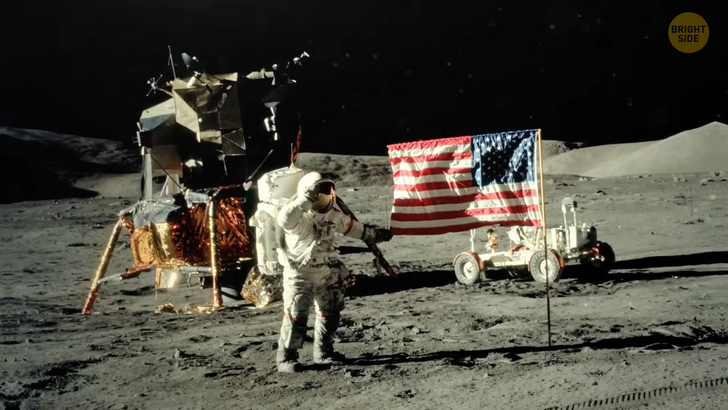
NASA has made a promise on this subject. They’re preparing to send astronauts to the moon again, perhaps by twenty-twenty five. This will all happen through a program called Artemis. It’s also going to include the first woman ever to experience the lunar surface. Now you might ask, why haven’t we done this already? One former NASA Administrator said something interesting on the subject. It’s not because of scientific or technological issues. The problem was that the potential projects took too long and were just too costly.
You see, space travel, especially when it involves humans, isn’t easy on the pockets. It’s true that, in recent years, NASA had budgets of billions of dollars. Sure sounds like enough money, right? Well, not when you check out their to-do list. That’s because they have to consider everything: from telescopes and giant rocket projects to missions also targeting the sun, Jupiter, Mars, and beyond. When you look at it this way, NASA needs to be very good at budgeting to achieve all those goals.
It’s not just because of finances, though. The moon itself is quite problematic. It poses real dangers that cannot be taken lightly. For starters, its surface is filled with craters and boulders that aren’t easy to land on. Then, there is the moon dust — or regolith [reg-uh-lith], if you’d like to call it by its scientific name. It was created over many years by meteorite impacts. It’s extremely harsh and sticks to everything. It can potentially damage spacesuits, vehicles, and systems quite quickly.
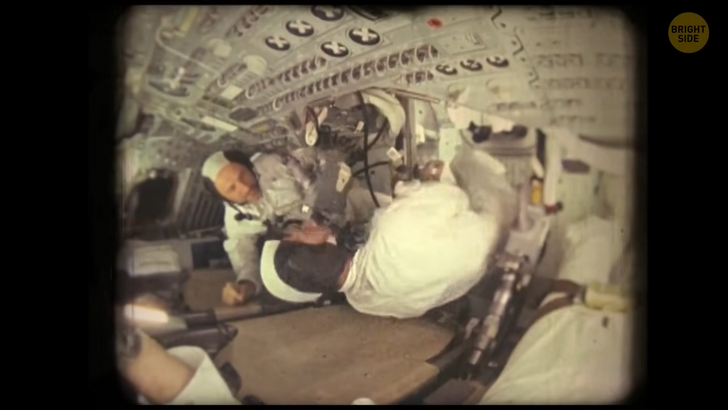
Also, dealing with the lunar habitat isn’t a walk in the park either. The moon has no protective atmosphere. What this means is that for fourteen days at a time, the lunar surface is faced with harsh rays from the sun. That period is followed by another two weeks of total darkness. All these changes create extreme temperatures, which us humans are not really accustomed to.
There are solutions, don’t worry. NASA is working on dust — and sun — resistant spacesuits and vehicles. They’re even developing a system that might supply electricity during those lunar nights. What’s even more interesting about this system is it could come in handy on Mars, too, once we get there.
NASA also needs to draw in really smart people for its projects. Think about it: the average age of the people working for the Mission Control for Apollo thirteen was just twenty-six years old! And, these people had already been part of numerous missions by that time. Which means they’d had considerable experience from a very young age.
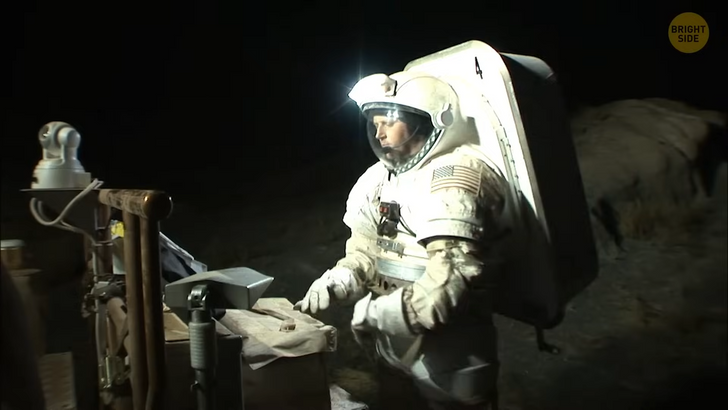
But here’s where other individuals can help, too. In recent years, it wasn’t just NASA who’s been working tirelessly to revolutionize space travel. There are many successful people out there with enough resources to join in on these efforts. Some are developing new types of rockets that can land on the moon, too.
In total, NASA landed twelve people on our satellite. It’s definitely one of the most awesome moments in its history, if not the best. And those astronauts did amazing things up there: they brought back rocks, took snapshots, did science experiments, and even left flags behind! These were all important moments of the Apollo missions. But they weren’t meant to create a safe place for humans on the moon.
Scientists have had this idea of a lunar space station for a long time now. It’s only logical. After all, it’s just a three-day trip from Earth. It means we can, technically, afford to make little mistakes here and there, without messing up the whole project. Plus, we’d learn so much before venturing even further into space.
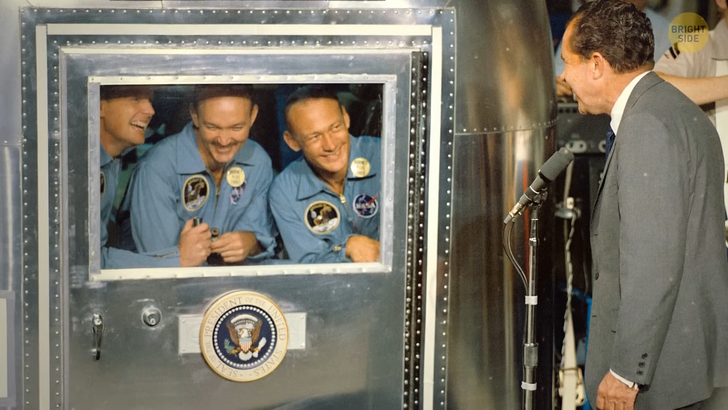
A moon base could provide fuel for deep-space missions. We could also build telescopes up there, and launch them way easier in space. It could also help us in another important project: figure out how to make Mars habitable, too. Not to mention, a lunar space station would help us learn more about the moon’s origin. Who knows, it could even bring in some money, because of all that fun, exciting lunar tourism.
Either way, the Apollo Moon Program took a lot of work. For starters, let’s look at the sheer number of people involved: around four hundred thousand, from every corner of the States! Not everything was picture-perfect, tough. There were two main unfortunate events. Firstly, a fire mishap at the launch pad of Apollo one. Secondly, an oxygen tank decided to throw a tantrum on Apollo thirteen, causing severe issues mid-mission.
An important part of the project was Saturn five. It is to this day the most powerful rocket flown successfully, being thirty-six stories high. Still finding it hard to picture? This rocket stood twice as tall as Niagara Falls! Thanks to Saturn five, NASA successfully completed thirteen missions. This included chauffeuring twenty-four astronauts towards the moon, with half of them even having a little walk on its surface.
The existing rockets and space shuttles can’t go beyond low-Earth orbit. In simpler terms, they can’t reach the moon with all the gadgets astronauts need to thrive. Current space vehicles are just not capable of carrying that load, at least not since the Apollo missions happened.
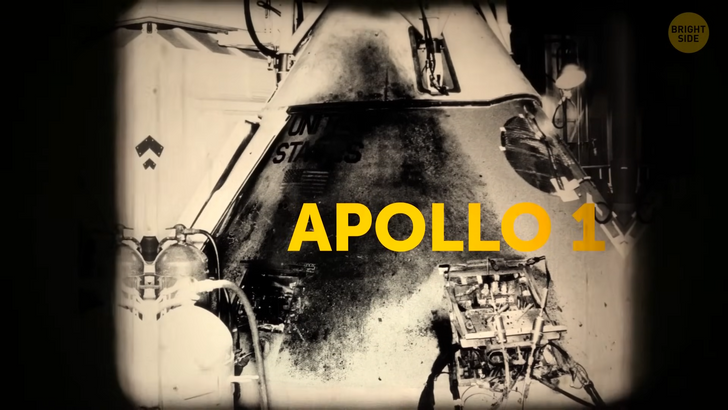
Regardless, we did make a lot of progress on Earth and are ready to send astronauts to our satellite pretty soon! Here’s where the Artemis project comes in. It’s a program overseen by NASA. And, to make sure it all goes well, NASA previously launched Orion, a spacecraft with no crew on board, to orbit the Moon and return to Earth. Think of it as an automated test-drive.
Before we actually send people out there again, we need to make sure all the devices work properly. One day, Orion will be the vehicle that will take astronauts to the moon again. It features a launch abort system to keep astronauts safe in case something bad happens during launch. It also has a service module, which is the powerhouse that fuels and propels Orion and keeps astronauts alive with water, oxygen, power, and temperature control.
All these future projects make one wonder: what will life on the Moon be like, anyway? We can only use our imagination for now. Some say we’ll be living in homes straight out of a fairy-tale, something like a cozy hobbit hole. Living underground on the Moon might be a must. That’s due to the scorching temperatures and the lack of oxygen. If you add meteorite threats and the non-stop radiation, it’s no wonder we can’t just walk on its surface.
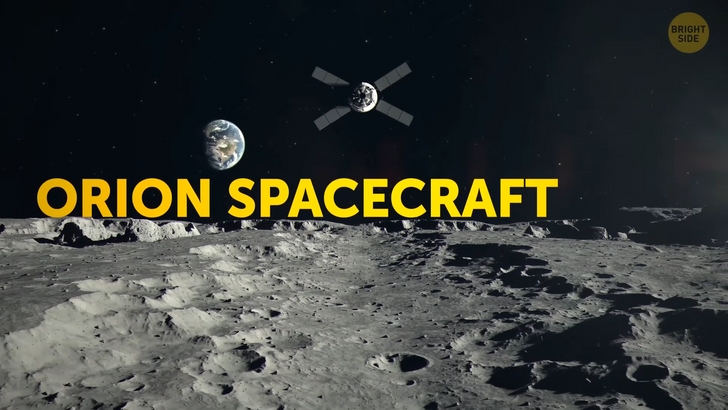
What about transportation? Big and small companies alike are trying to create the ideal moon ride. If current estimations are current, one type of moon taxi will take off as soon as twenty twenty-four.
Unlike our current rockets, these space taxis won’t have to deal with the harsh conditions of re-entering Earth’s atmosphere. It will be easier for them to make multiple round trips. To support our lunar living, we’ll need to have a special area for space taxis to safely take off and land. Think of it as a landing pad on a firm, flat stretch of moon surface, protected by walls to shield against moon dust.
Moving around on the moon’s surface will be made easier, too. The next-generation vehicles we’re talking about will have their own controlled environment. Which means you won’t need a space suit while inside. Should feel like stepping out of your space ride for a bit, then of course, you’ll need to put on your space suit.
Alright, so we’ve got our homes and our rides sorted. But what about fuel? That’s where the moon throws us a lifeline! The moon’s lighter gravity means we don’t need as much power to escape its pull. Plus, the moon has ice — and that’s super handy. We might be able to convert this ice into rocket fuel.
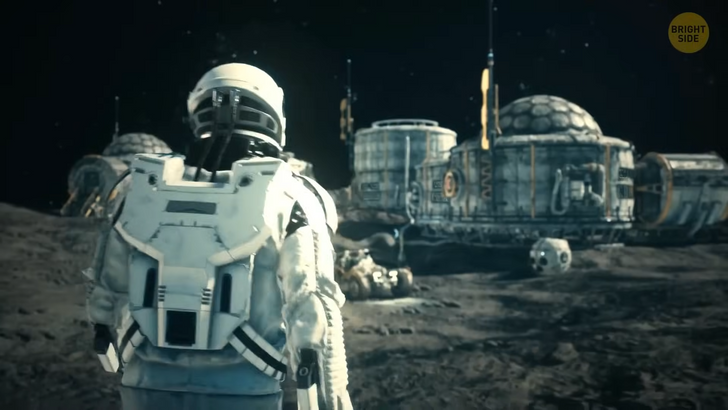
We’ll need dedicated space gadgets to help gather this ice. One such tool is called TRIDENT. It’s like a drill, perfect for digging into the icy moon surface.
Additional robotic helpers would then turn this ice into fuel and deliver it to a space gas station. If this works, rockets on their way to Mars could stop by for a quick fuel top-up before continuing their journey.






